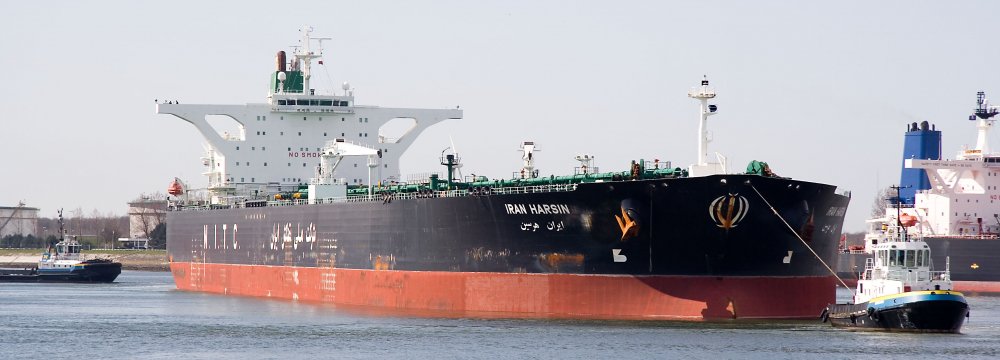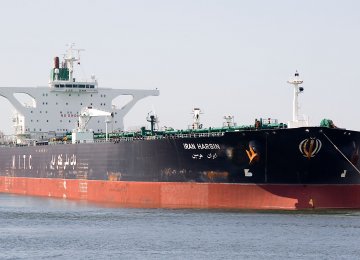Iran’s fleet of tankers may provide a lifeline for its crude and condensate exports, which have been targeted by US sanctions against the Persian Gulf nation. As Iran’s customers give in to mounting US pressure, shipments from the OPEC member may drop to under 1 million barrels a day by mid-2019, down from a daily 2.5 million this year, according to industry consultant FGE, a preeminent global oil and gas/LNG consultancy that provides leading independent research, analysis, consultation and advisory services, Bloomberg reported.
Still, the Middle East nation’s cargoes to China in the past few weeks show how changing vessel ownership and contract terms may help it sustain flows to buyers. The nation’s oil sales have been falling since US President Donald Trump in May pulled out of a 2015 deal that eased sanctions in exchange for curbs on the Islamic Republic’s nuclear program.
Its top buyers in Asia, including South Korea and Japan, may halt all imports, while India may cut purchases by half. That leaves Chinese refiners who have rejected the US request to halt purchases, as the main customers, FGE says.
“Iran could easily transport the entirety of its exports using its own fleet” assuming exports are at a million barrels and China is its main destination after the sanctions come into effect Nov. 4, according to an FGE note dated Aug. 23.
In July and the first two weeks of August, all China-bound exports of the Persian Gulf state’s oil were loaded on Iran-owned tankers as Chinese ship owners pulled out, FGE said. Contract terms for the purchases were also switched to a delivered basis to minimize risks for oil lifters.
The vital role played by Iran’s fleet of very large crude carriers, or VLCCs, Aframax and Suezmax tankers, in delivering crude to customers is increasing, as insurers and international shipping companies react to the impending renewal of sanctions.
In the current year, about half of Iran’s 2.5 million barrels a day of crude and condensate exports have been made by domestic vessels. Taking into account an average voyage period of one month and the makeup of export destinations, the country is utilizing about 30% of its fleet capacity for its own cargoes, FGE estimates.
Iran’s main shipping company National Iranian Tanker Company, also known as NITC, operates a fleet with more than 120 million barrels of oil transportation capacity.
The Islamic Republic of Iran Shipping Lines has a total crude capacity of 7 million barrels.











Add new comment
Read our comment policy before posting your viewpoints